What Classrooms of the Future Will Look Like
What the future holds for learning environments
Josh Winston
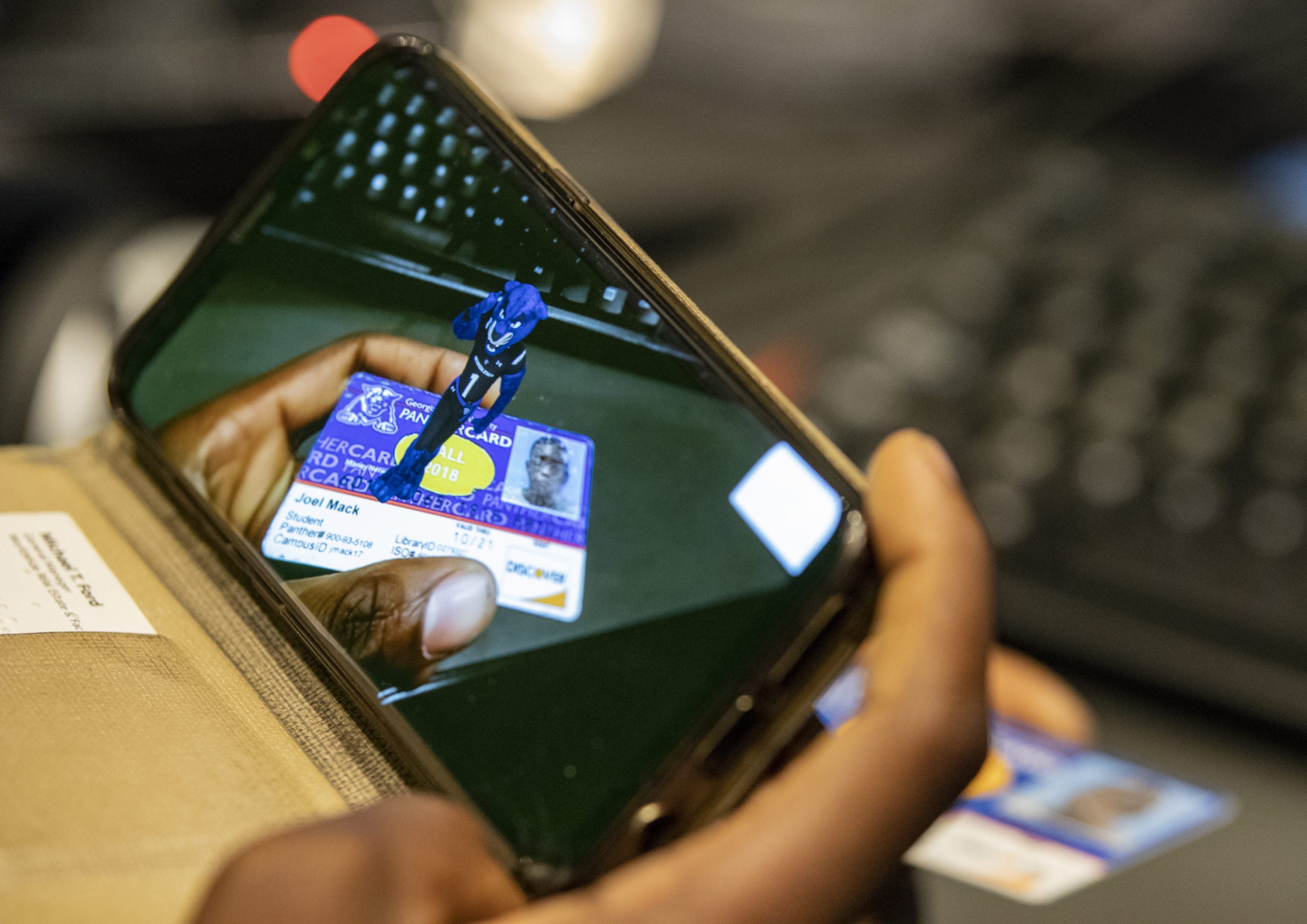
What Classrooms of the Future Will Look Like
What the future holds for learning environments
Josh Winston

[dropcap]F[/dropcap]rom green chalkboards to overhead projectors, smart boards to the proliferation of laptops and tablets, the way in which technology is utilized in learning environments has changed rapidly. But, if all of these wild technological innovations have happened in the relatively short time span of 20 years, what incredible breakthroughs will the next 20 years bring us?
Today, educational technology is at somewhat of an inflection point. Contemporary technologies, such as the laptop and tablet, have reached maturity. They’re now considered utilitarian and commonplace instead of cutting-edge and high-tech. Instead of looking at new ways of innovating and re-inventing these existing product categories, large amounts of research and development are being funneled into new or emerging technologies such as augmented reality (AR) and virtual reality (VR).
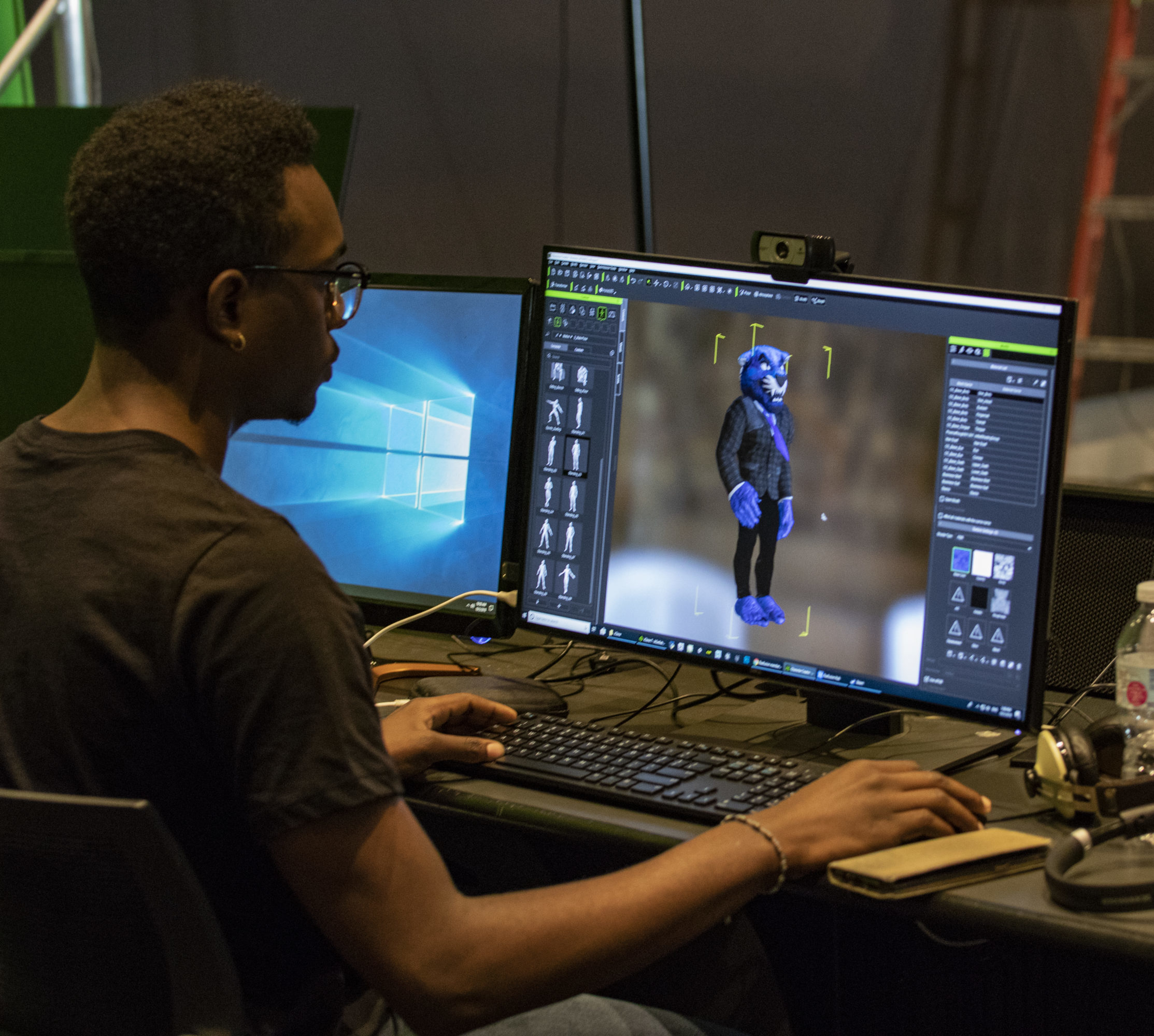
THE PUSH FOR TECHNOLOGY IN THE CLASSROOM
Damon Lynch, an information technology specialist at Georgia State, believes this coming technological shift could completely disrupt the way in which we interact with computers.
“I see AR as probably the next computing interface, replacing the traditional GUI [graphical user interface],” Lynch said.
Georgia State professor of practice Candace Lee Alger describes the university’s push into
augmented and virtual reality as existing primarily in conversation with previous applications of the technology.
“I would describe what we are doing as ‘leveraging’ emerging technologies as opposed to ‘developing’ them. For example, we are utilizing HMD [head mounted display] devices like HTC Vive, Oculus, as well as HoloLens and Magic Leap goggles to experience VR, AR and mixed reality,” Alger said.
Alger also described Georgia State’s plan to adapt these technologies for classroom use.
“As we experience various content that has already been created, we can use that as reference to help us understand how to develop our own content,” she said.
The philosophical premise of augmented and virtual reality is to liberate computing from behind the confines of metal and glass and bring it into our own physical reality. Where augmented reality overlays computing onto the real world, virtual reality creates its own, welcoming users to explore its new digital frontiers.
It’s easy to underestimate the impact such technologies could potentially have on learning, but the sheer amount of money, time and research being spent on developing them seems to suggest they’ll have revolutionary implications.
Even Apple, the largest tech company in the world, believes the future of computing lies in breaking down the barrier between the physical and digital world as it continues to develop augmented reality on its iOS devices.
Describing his enthusiasm for the new computing paradigm, Apple CEO Tim Cook said, “We believe augmented reality is going to change the way we use technology forever.”
But Apple isn’t the only company trying to capitalize on the power of augmented and virtual reality. Here at Georgia State, there are many initiatives taking place to get augmented and virtual reality into the hands of students. One such initiative is being undertaken by the Instructional Innovation and Technology office.
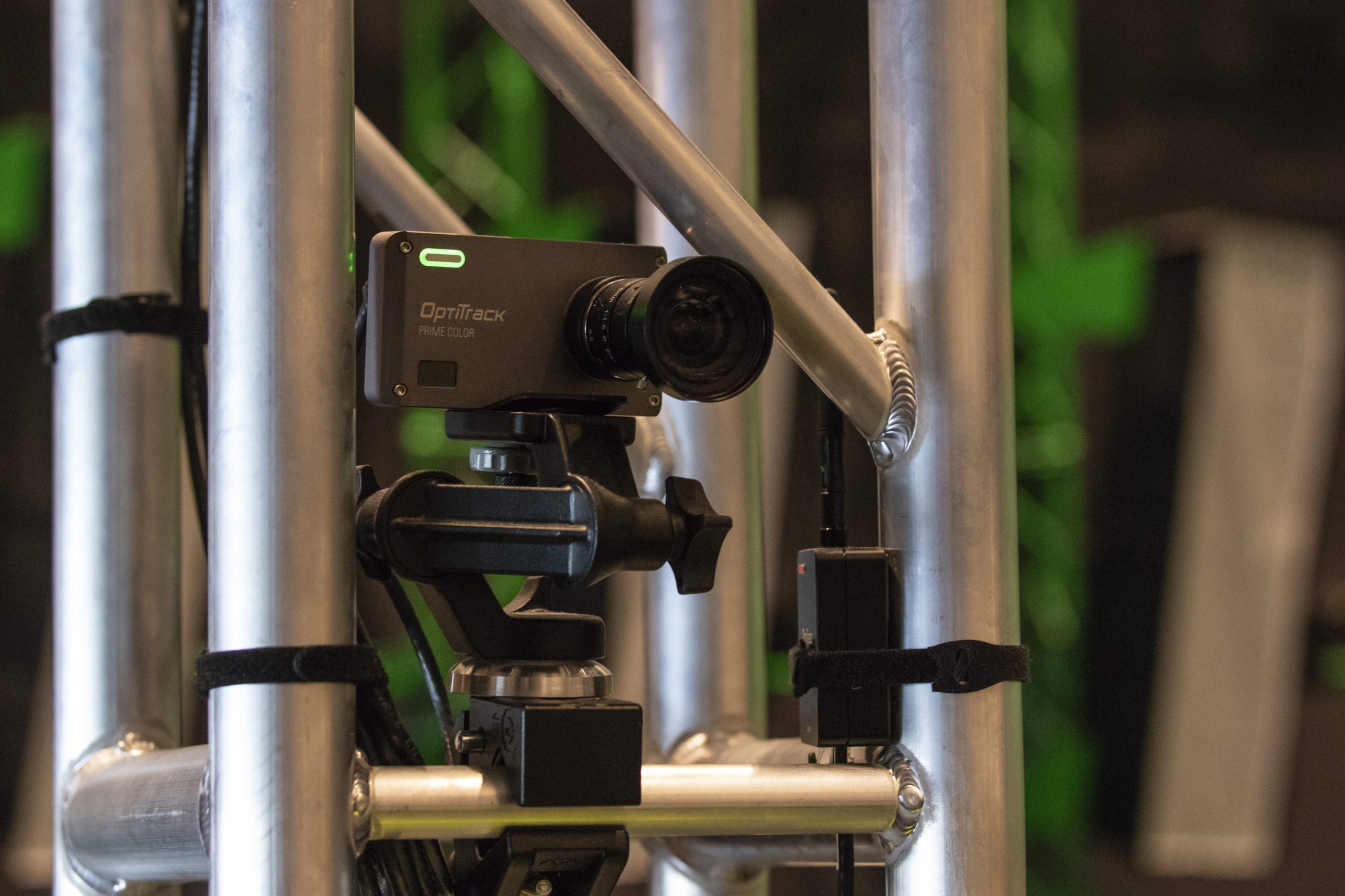
NEW AND UPCOMING TECHNOLOGY
At Georgia State, VR is being used in both esports and game development while AR is being explored primarily in relation to the Microsoft HoloLens.
Microsoft describes the HoloLens as a pair of mixed-reality smart glasses capable of overlaying 2D and 3D graphics on its users’ physical environments. It’s comprised of an impressive array of depth sensing cameras, gyroscopes, accelerometers and microphones, all working in tandem to produce a natural and intuitive user interface.
At Georgia State, specifically in the Creative Media Industries Institute (CMII), adoption of the HoloLens is still in its infancy, with development mainly focusing on how to support the futuristic device and build a foundation on which its development can thrive.
“We’re very much in the nascent stages, looking at making things available for development,” Damon Lynch said.
He also sees VR and AR implementation eventually “creating a culture in which innovation occurs and students have the opportunity to really delve into that as a communication medium.”
One way students can do this is through the CMII. The CMII is also home to the development of several other virtual and augmented reality initiatives.
Joel Mack, a VFX-Technical artist at Georgia State, is currently helping to develop several educational softwares that he believes will help create a more impactful learning environment. One project’s aim is to combine financial literacy with VR to create a simulated real-world experience that’s more demonstrative and tactile than using a keyboard would be.
Mack believes these technologies have the power to fundamentally change the way we learn.
“When people are completely immersed inside the environment, the brain thinks differently,” he said.
Mack is also currently working on an AR application that scans both business cards and IDs and overlays helpful personal information onto the surface of the card.
He further anticipates AR and VR eventually breaking down the barriers of traditional technology and becoming more infused into people’s day-to-day realities.
“The far future of VR would be integrating that as a daily part of daily lives where people live,” Mack said.
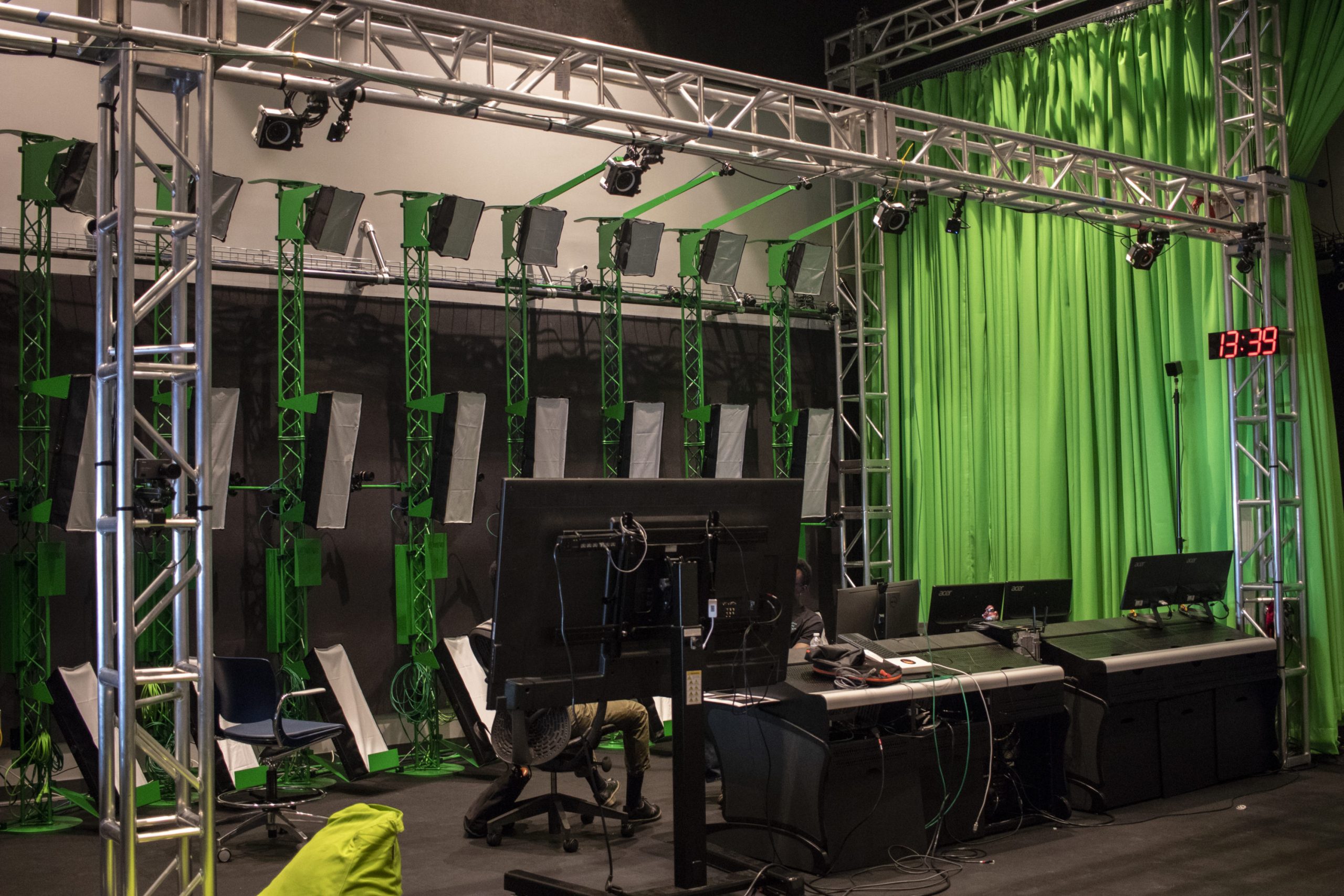
THE FUTURE OF TECH TODAY
Apple and other tech companies seemingly share this vision as they, in recent years, have helped foster consumer-grade VR and AR as accessible public platforms. One strategy that Apple has pursued to get these technologies into the hands of consumers is to simply make it available on devices people already own.
Google launched Project Daydream, an initiative bringing first-party VR to Android devices. Apple also has its own AR platform, ARKit, which it released in 2017 as a headline feature of iOS 11, placing AR capabilities into the hands of millions people who already own Apple devices.
Today, some examples of apps making good on AR’s promise to reinvent the modern classroom are GeoGebra and Free Rivers. GeoGebra combines math and AR, allowing students to solve math problems in 3D, and Free Rivers, from the National Wildlife Federation, allows people to explore natural environments from their classrooms.
What these technologies promise is nothing short of a complete revolution in the way humans learn and grow. Even in their nascent stages of development, AR and VR are inspiring all sorts of new and novel programs and applications.
HOW CLASSROOMS WILL CHANGE
One target audience for these emerging technologies is students, who will undoubtedly be instrumental in furthering their adoption into mainstream applications.
“We believe that if we can reach our students to tell their stories using these emerging technologies, that they will be able to find jobs in any sector,” Alger said.
Alger thinks these technologies will allow students to be more competitive in today’s rapidly evolving digital landscapes.
“As the world we live in is becoming more digital every day, students need to understand how rapidly technology is evolving, and how to best determine what resources are applicable when trying to design an appropriate solution.”
However, AR and VR aren’t the only forms of technology being leveraged in classrooms. New developments in cloud computing and 3D printing also promise to make classroom learning more robust and hands-on. If VR and AR offer the digital simulation of three-dimensional space, 3D printing goes one step further in making that simulation a reality.
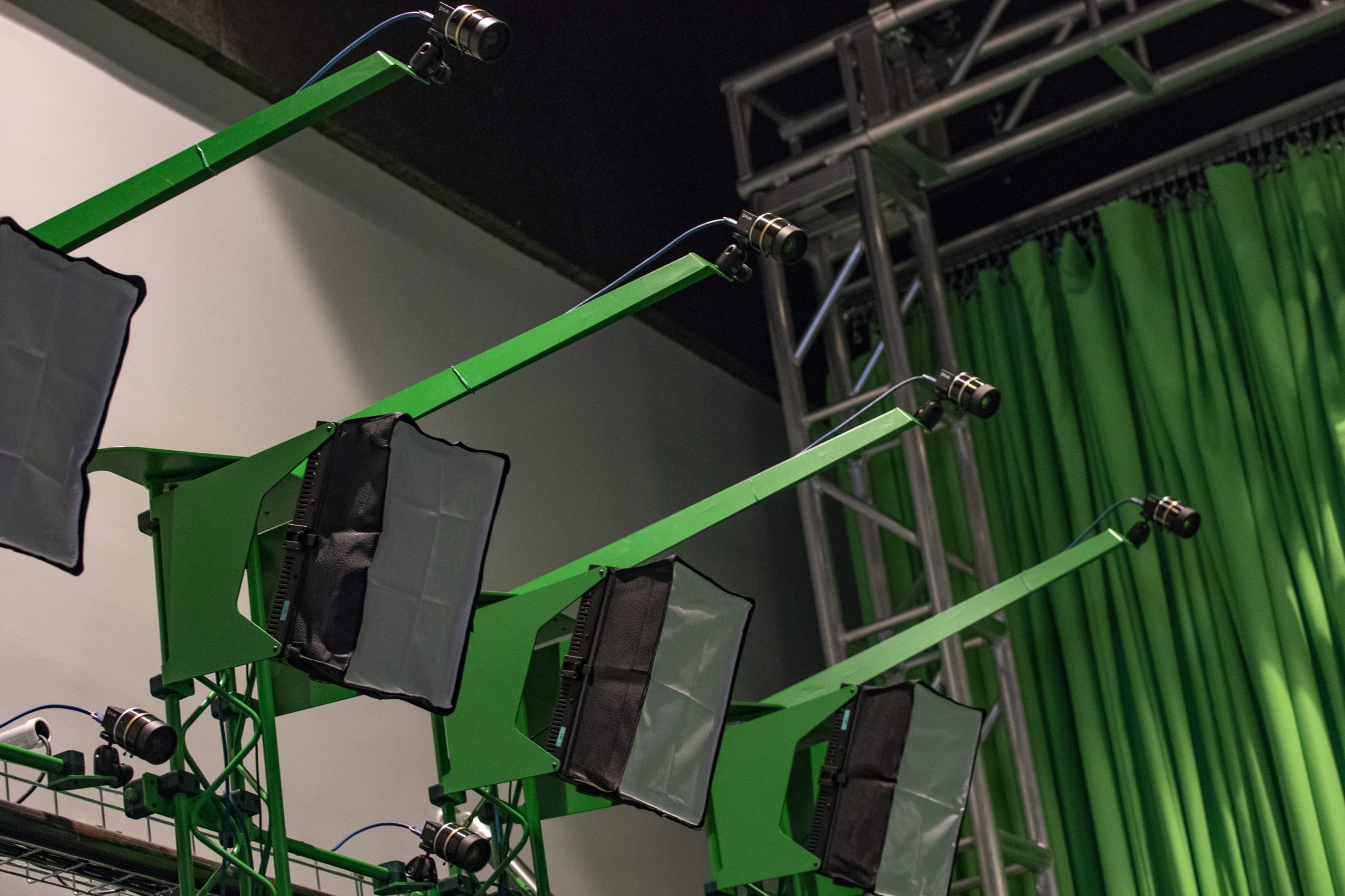
Being able to print models and replicas out of cheap and accessible materials enables teachers and students to bring their ideas into the physical world in a cost effective and relatively easy way. Students at Georgia State have access to 3D printing in the EXLAB, located in the Arts and Humanities building.
Similarly, the advent of cloud computing promises to democratize the access to information. Instead of storing data on hard drives limited to specific physical locations, cloud computing allows the large-scale dissemination of information to anyone with an internet connection.
Cloud computing is already being utilized in many ways, such as Amazon Web Services, but its full-scale adoption could make the need for physical classroom spaces obsolete.
What unites all of these technologies is their implicit desire to blur the lines between physical and digital realities. AR and VR strive either to free computing from its rectangular prisons or completely immerse its users in a computing world of their own.
Cloud computing liberates information and processing power from singular physical locations and makes it omnipresent while 3D printing, like AR, allows once-digital creations to cross over into the real world, albeit in a much more tactile way.
While the enormous potential of these technologies is not fully understood, the wealth of developmental resources being expended on their behalf is heavily indicative of their future importance. In other words, if computing is presently limited to boxes of glass and metal, the future of technology will see computing freed from its boxes to inhabit all the spaces around us.
Whatever the future of technology may be, let’s hope it more closely resembles “The Jetsons” than it does “Black Mirror.”
